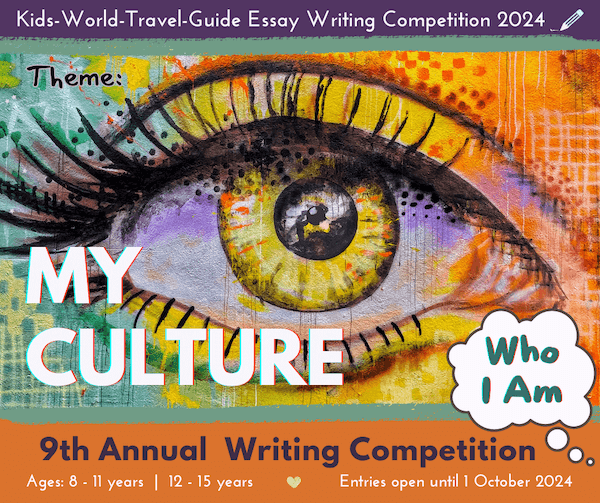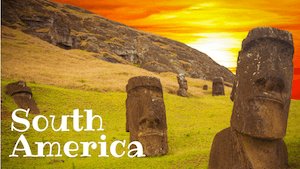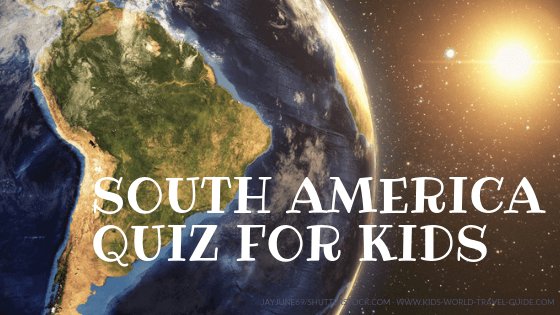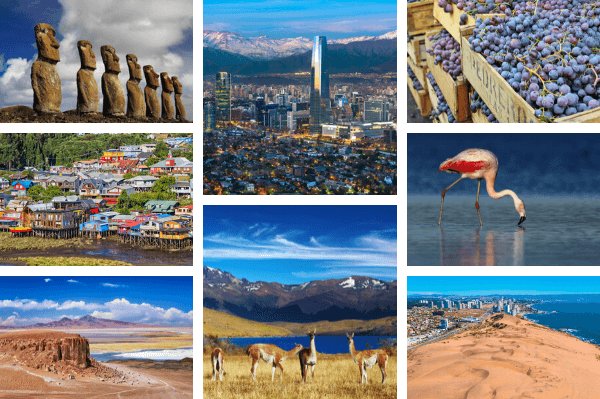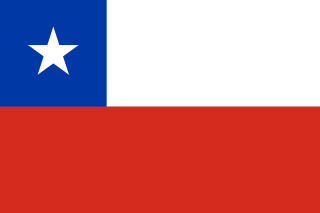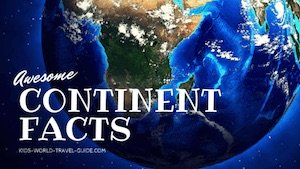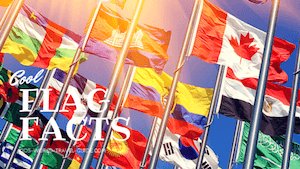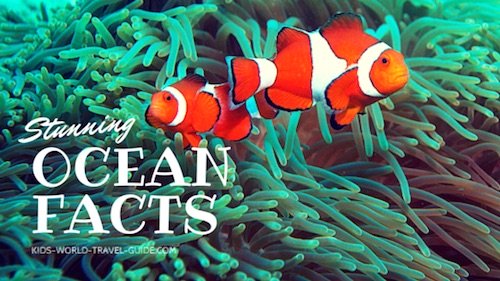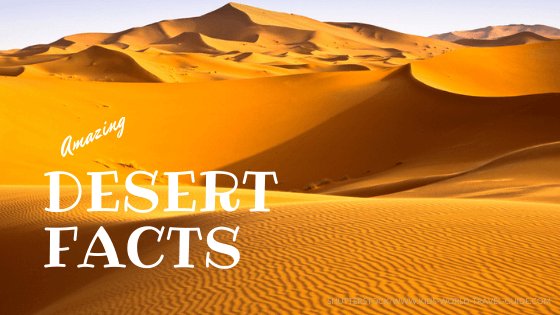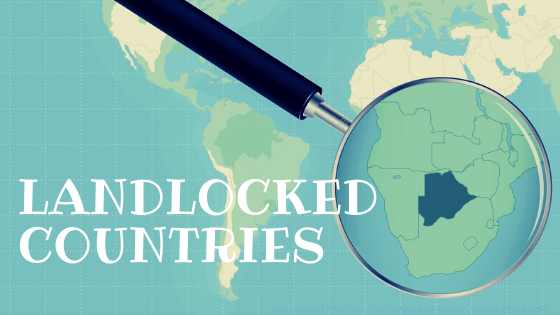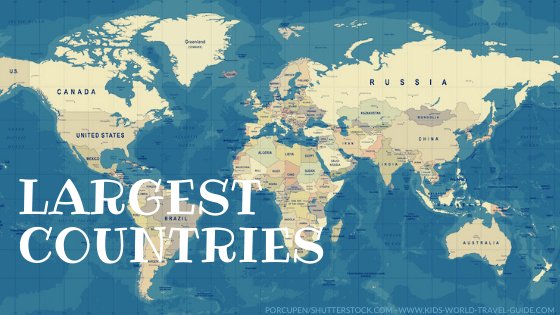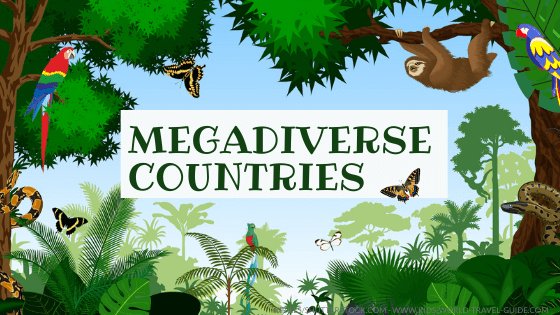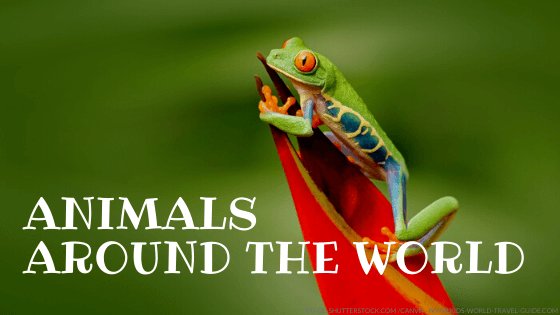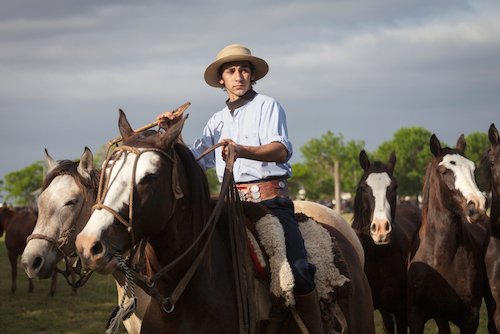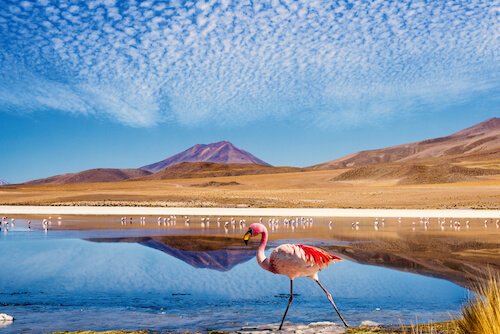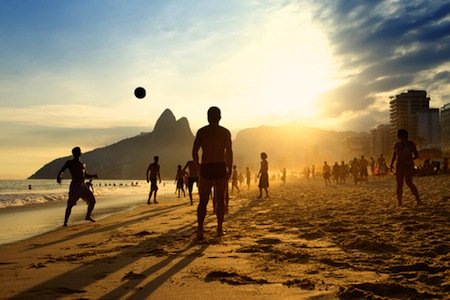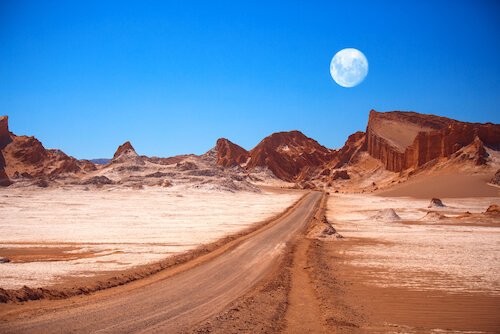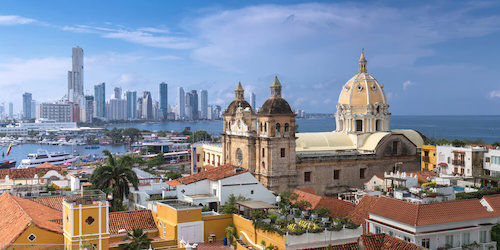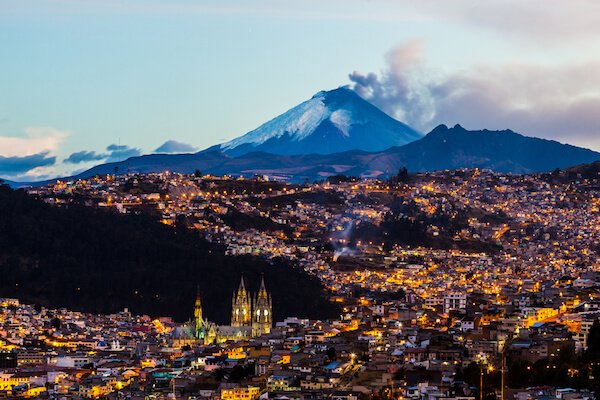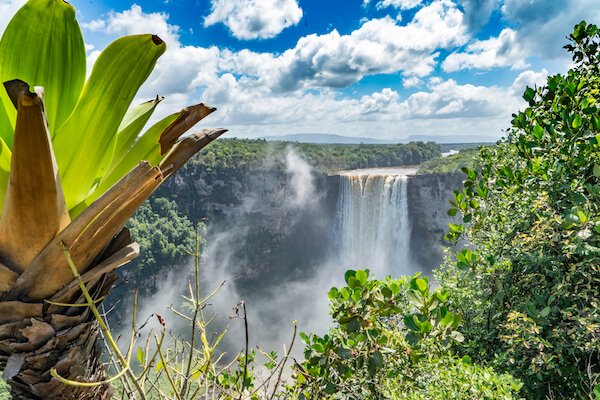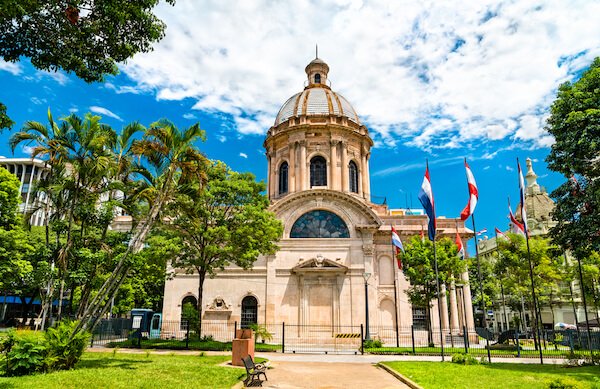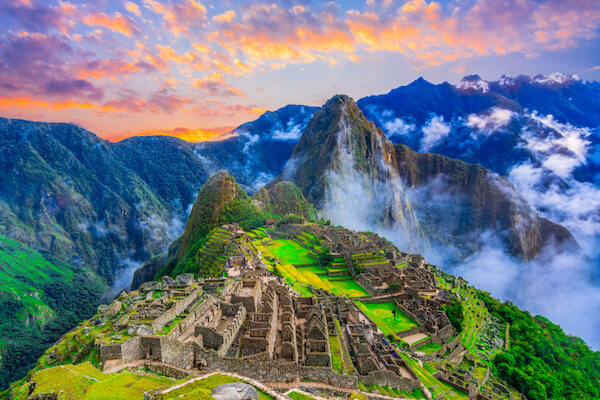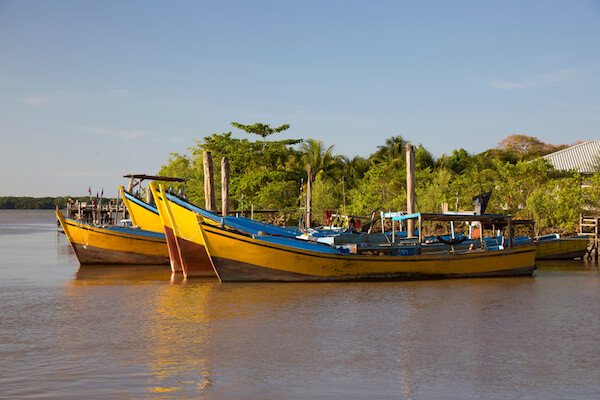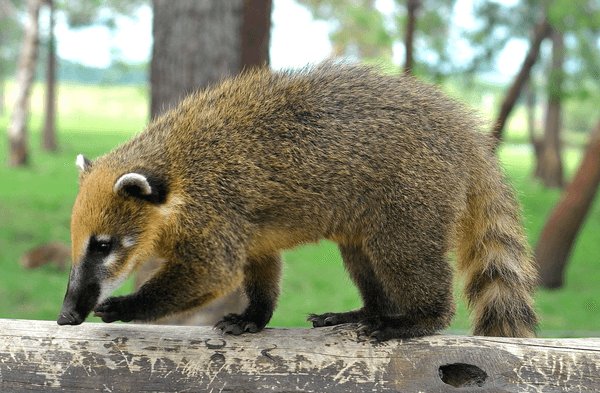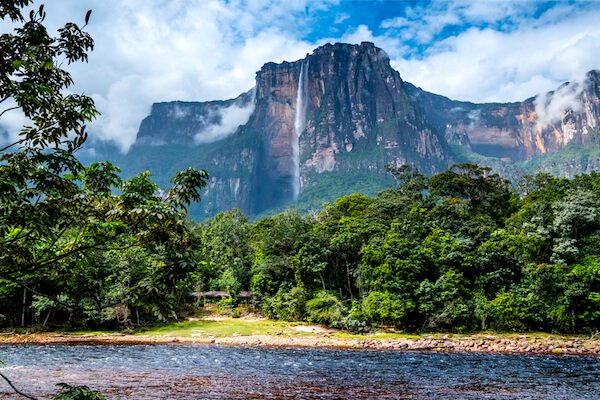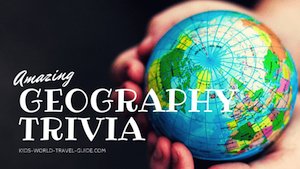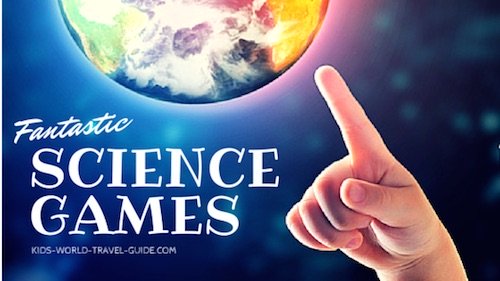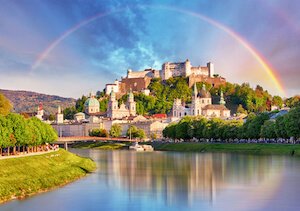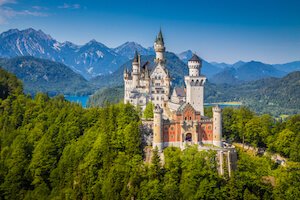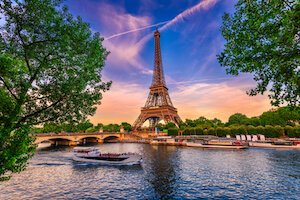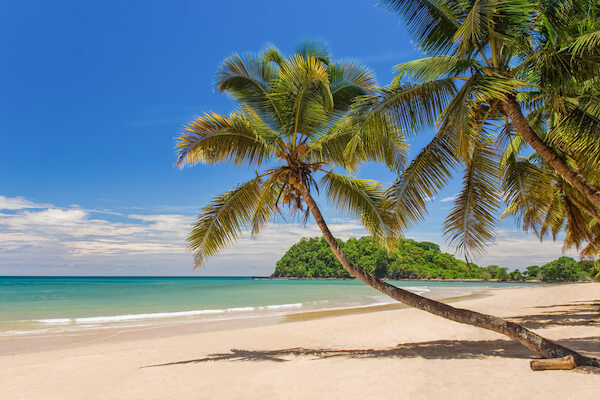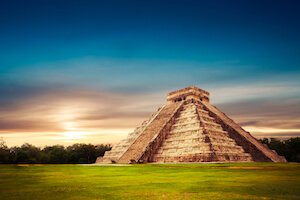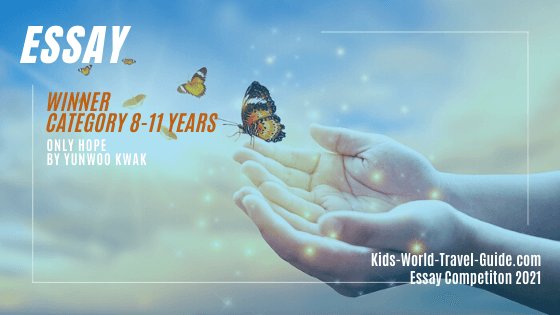- Homepage
- Chile Facts
- Animals in Chile
Animals in Chile
There are some fascinating animals in Chile. Let us see what animal you can encounter in this South American country.
Here, Chilean students will explain some interesting facts about the Chilean wildlife. They will show you which are the most common animals in their country.
Which animals live in Chile?
Chile is home to largest birds of prey as well as the smallest deer and the smallest cats in South America. Many animal species are endangered or threatened by extinction in Chile such as the South Andean Deer called huemul, the Andean condor and the blue whale.
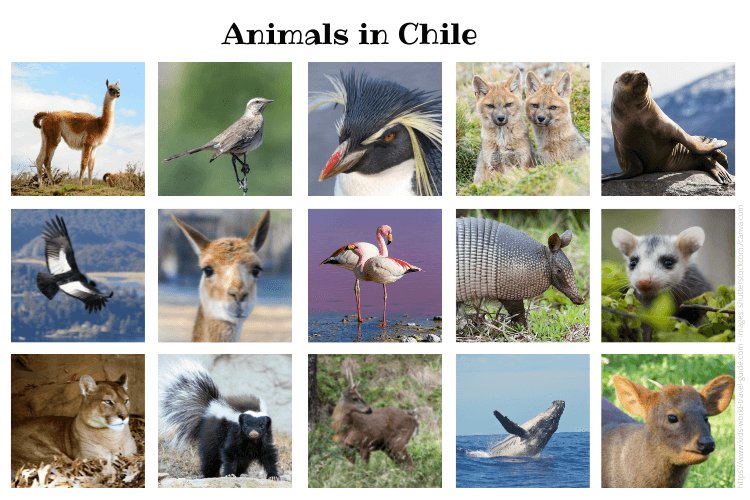
You will encounter wild animals mainly in national parks but you can spot many of them when you visit and explore the countryside as well.
Here on Kids World Travel Guide we will tell you about these ten typical and unique animals in Chile:
Andean Condor
The condor is the national bird of Chile.
Condors are vultures and a vulnerable species. There are only two species of condors in the world: The Californian condor and the slightly smaller Andean condor that lives in Chile.
The Andean condor is considered to be the largest bird of prey on our planet. These huge birds have a very wide wingspan. The wings of a condor can grow up to 3.3 m/ 10 ft 10in wide while their body is about 50 cm/ 1.5 ft long.
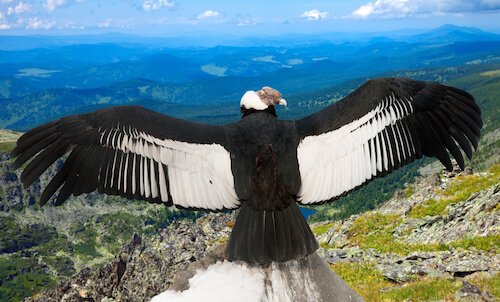 Chilean Condor
Chilean CondorAndean condors live in South America, mainly in the Andes mountains.
The male birds are black in colour and the neck is white while the feathers of the females are just black. The condor feeds on dead animals that can be as large as cattle, sheep or deer.
Huemul
The huemul is Chile's national animal. The huemul is a South Andean deer. This species mainly lives in the Andes mountains in Chile and Argentina.
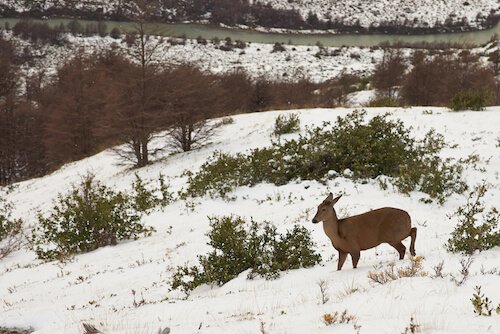 This is a huemul, the Chilean national animal
This is a huemul, the Chilean national animalThe huemul is seen in Chile's coat of arms, together with the condor. This deer is referred to as either huemul or güemul.
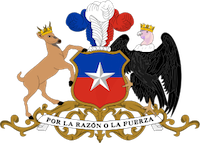
The huemul is sadly hunted for its beautiful fur and is now an endangered species.
Pudú
The pudú belongs to a different species of deer than the huemul. The pudú is the world's smallest deer and only grows up to 30 cm/ 12 inches tall.
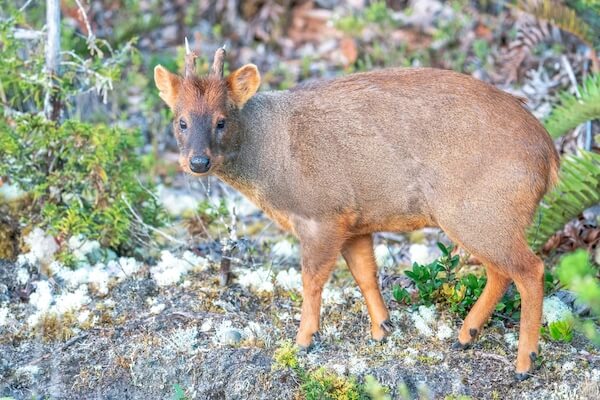 Pudú
PudúA pudú weighs about 6-13 kg/ 14-30 pounds and is 35-45 cm/ 14-18 inches long.
Pudú live in the forests of central and southern Chile and are very hard to spot unless you are very lucky and venture deep into the forest.
The pudú babies are called 'fawns'. They have tiny white spots as you can see in the image below. This pudú is fed by hand in a rehabilitation centre.
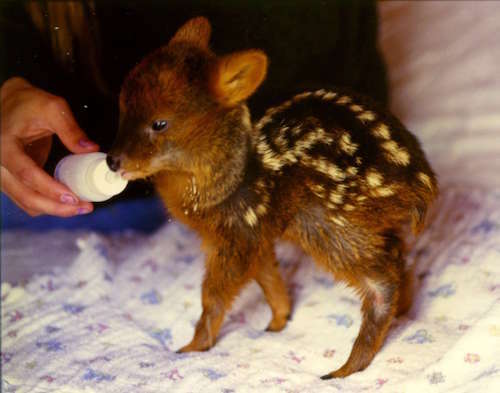 Pudu fawn - image by Rodrigo Fernandez
Pudu fawn - image by Rodrigo FernandezPudús are herbivores and like to eat bamboo, leaves, bark, twigs, buds, blossoms, fruit and berries.
Macaroni Penguin
Five penguin species live in Chile. The huge King penguins, the Rockhopper penguins, Magellanic and Humboldt penguins and the Macaroni penguins!
Macaroni penguins are truly very interesting animals in Chile. They only can be encountered in the southern regions of Chile and the islands off the southern coast. These penguins live in cold parts of Chile.
This penguin species also have been spotted occasionally in southern Brazil, Australia, New Zealand and even South Africa. Macaroni penguins swim with seals and blue whales off the coast.
Penguins live in a colonies. Here you see a waddle of Macaroni penguins.
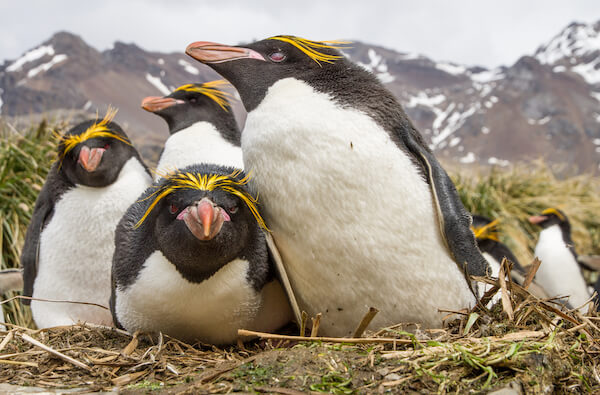 Macaroni penguins
Macaroni penguinsWaddle is the name for a group of penguins. A baby penguin is called a chick.
Macaroni Penguins have flippers that make them amazing swimmers. Macaroni Penguins often slide or surf on the snow to get around. It is much faster than walking for a penguin!
They eat krill, tiny fish that looks like a shrimp, small fish and squid.
So now you know that should you see a penguin with orange feathers on the head you should know that this is a Macaroni Penguin.
Flamingo - Animals in Chile
The Chilean flamingo belongs to one of the larger flamingo species. They bread only in South America. Flamingos live in large flocks in coastal zones and small bodies of water.
In Chile, these flamingos can be found in lagoons along the coastline.
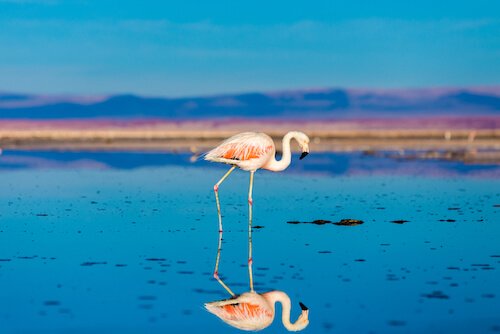 Flamingo walking on a salt pan
Flamingo walking on a salt panThe Chilean flamingos are quite tall and grow up to 130 cm/ 50 inches. These flamingos have pink feathers.
Flamingos usually live really long. They can get between 20 and 30 years old.
Vicuña
The vicuña is a wild animal that is home to the Andes highlands in Northern Chile. This llama species lives high up in the Andes mountains.
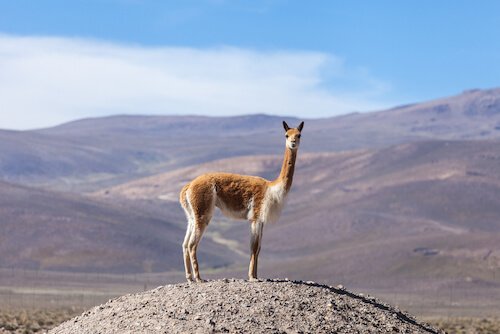 Chilean Vicuña
Chilean VicuñaThe vicuña is related to the lama and the wild ancestor of alpaca.
Vicuñas are known for their warm and extra fine wool. This wool is very expensive and costs over 300 US dollars per kilo! The vicuña wool is very soft and the animals can only be shorn every three years!
Vicuñas live in families with several females and their young.
Kodkod
The kodkod is the smallest cat species in Southern America. Kodkods grow only up to 51 cm/ 20 inches and only weighs about 2.5 kg/ 5.5 lb.
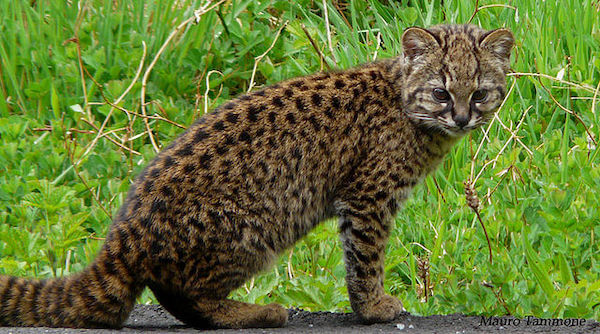 Kodkod - image by Mauro Tammone
Kodkod - image by Mauro TammoneThis small vulnerable leopard-cat has a brown fur with dark spots. The kodkod is referred to as güiña in Spanish.
Kodkods live in temperate rain forests in central and southern Chile.
Puma - Animals in Chile
The Patagonian pumas are the largest puma species in Chile. Pumas are the fourth largest cat species in the world, after the lion, the tiger and the jaguar.
These pumas are also referred to as South American cougars or mountain lions. The fur of the cougar is plain coloured and tawny-beige or silver-grey in colour.
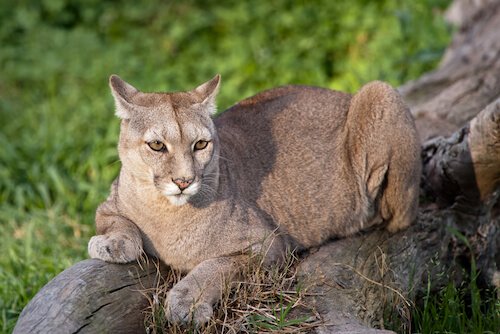 Chilean Puma
Chilean PumaThis cougar species lives in Torres del Paine National Park and accounts for up to 100 animals.
The puma is a carnivore and its prey consists of deer, lizards, sloths as well as vicuñas.
Darwin's Frog
There are over 5,000 frog species in the world. Of these there are only two mouth-breeding frogs.
In Chile lives is one of these two species: the Darwin's frog. This critically endangered species is named after geologist and biologist Charles Darwin.
The Darwin’s frogs grow in their dad’s mouth!
The daddy frog breeds and keeps the tiny eggs in his mouth for a while, but before these grow into tadpoles. Then the dad releases them into the water to grow bigger and turn into frogs.
Darwin's frogs don’t look like other frogs because they have a unique pointed nose or snout!
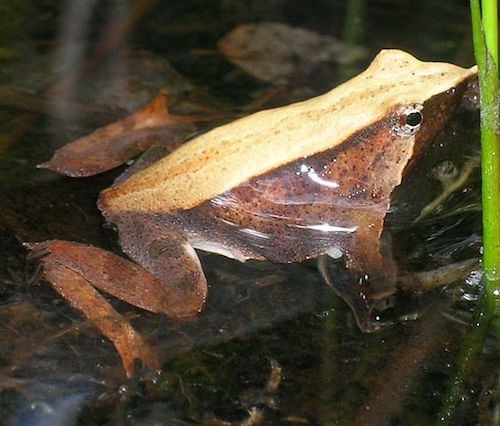 Animals in Chile: Darwin's Frog
Animals in Chile: Darwin's FrogDarwin's frogs are tiny and only as small as a leaf. They actually look like leaves to camouflage. If there are predators they can hide.
They feed on small insects. These frogs only live in central Chile.
Blue Whale - Animals in Chile
The Blue Whale is the world's largest animal. They can grow up to 33 m/ 108 ft in length and weigh up to 180 tonnes. This means a blue whale can weigh as much as 33 elephants! And the size of the heart of a blue whale is about the same as the size of a VW beetle car!
A blue whale eats more than four tonnes of krill each day.
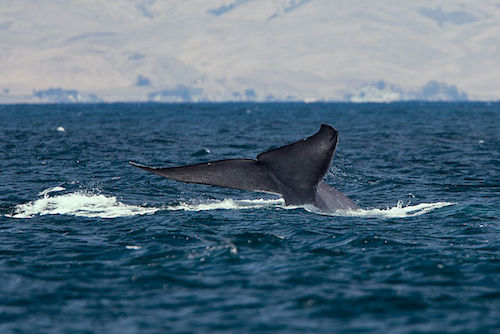 Blue Whale - image by Michael L Baird
Blue Whale - image by Michael L BairdBlue whales are also the loudest animals on earth, as their low frequency whistles can be heard over miles!
Blue whales are among the most endangered species in the world. The fishing industry in Southern Chile is a major threat to this species.
Animals in Chile
Resources for further reading
- SeaWorld Parks & Entertainment. "Penguins." SeaWorld. Last accessed 25 May 2022.
- Penguins International. "What do you call a group of penguins?" Penguins International. Last accessed 25 May 2022
- WWF. "Southern Chile." WWF. Last accessed 25 May 2022
- Whitley Fund for Nature. "Blue Whales: The Giants of Marine Conservation in Chile." Whitleyaward. Last accessed 25 May 2022
Popular Pages
Photo credits on Animals in Chile page: Own images, wikicommons and Shutterstock images.
Text credits: Many thanks go to the 4th Grade teaching team and the students from the International School Nido de Aguilas in Santiago/Chile. 'They worked collaboratively with their classmates to put together a travel guide for kids-world-travel-guide.com that informs others for research or a trip to Chile.' Click here to learn more about the International School Nido de Aguilas, where the authors of this Chile travel guide go to school.
Return from Animals in Chile to KidsWorldTravelGuide Homepage
Competition 2024 is open!

More about Countries in
South America
KidsWorldTravels
Travel Guides
Spread the News

Follow us on Facebook
Keep us bookmarked!
Competition 2024
